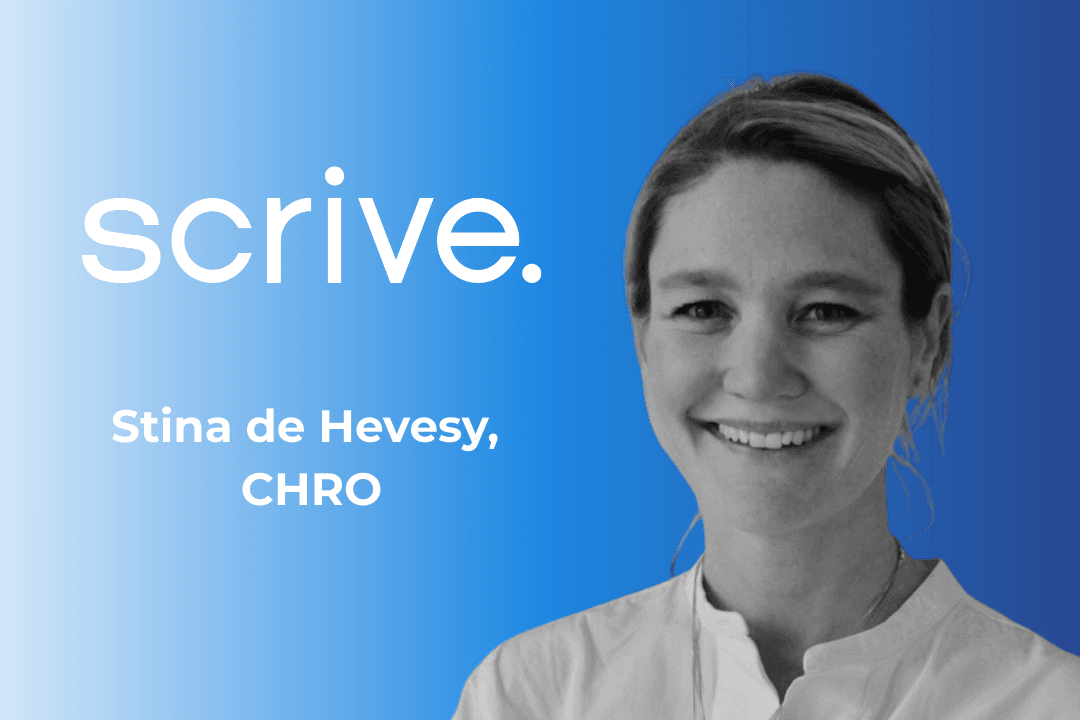
From paper to AI: why HR must lead the digital leap
AI is transforming business, and HR is at the center, but successful adoption requires strong digital foundations before experimentation.
Read articleWhat’s holding us back from digitalising democracy? Has voting been left behind as the rest of society has moved forward?
“Considering the advances in technology, there’s no reason why we should still be waiting in line at polling stations to cast votes. The machines being used in most locales are also as vulnerable to tampering and hacking as modern technologies.
“Americans should be able to vote via their mobile device, with verification done via blockchain. This would dramatically increase participation in all elections, whether local, state or federal.”
– Andrew Yang
Although he’s no longer in the race, US presidential candidate Andrew Yang introduced his supporters to an idea that many of them hadn’t considered:
Digitalising the voting process by enabling US citizens to cast their votes via mobile devices and utilising blockchain for verification.
With ongoing debates about the legitimacy of mail-in voting in the US – and other countries looking at ways to increase the number of people exercising their right to vote – this seems like an obvious step in the right direction, doesn’t it?
In the past, whenever the conversation around digitalising voting has come up, the main hesitation has been around security; after all, we’ve all seen how easily online polls can be manipulated in the past.
Simply making voting portals more secure on their own doesn’t solve the whole problem, though. Blockchain security is crucial for the aforementioned verification, of both the choice the voter made and their identity. Things get more complicated once we face the fact that there are a lot of countries that haven’t yet reached a point of a single, reliable form of electronic identification (eID).
Between eID and blockchain, the world is full of misconceptions and half-truths where people have limited knowledge in order to guide them in these topics. With cryptocurrency as the primary function for which most are familiar with blockchain, and eID being far from standardised in the US, Yang may have been a little ahead of his time with this suggestion, but as he rightly said: “The technology is there.”
Not only is the technology here, it’s already being used; all the way back in 2005 Estonia became the first country in the world to use i-voting. For a bit of context, that’s 2 years before the first iPhone.
According to e-estonia.com, “i-Voting saves over 11,000 working days per election”, and that’s about 30 years’ worth of days per election! So why are other countries lagging behind?
i-Voting saves over 11,000 working days per election.
e-estonia.com
As mentioned above, we have to take into consideration that not every country is up to speed with their digital identity solutions, but with eIDAS in play we’re likely to see every EU country establish this as a standard. With this in mind, the ability to vote remotely on your mobile device isn’t that far off, so maybe Yang wasn’t ahead of his time. The missing piece could simply be education, and for the general public to have real life examples of the process working as advertised.
This education is something we’re very passionate about, and therefore we’ll be releasing more regular blogs on the topic of technology presented in a way that’s accessible to anyone. So keep your eyes peeled for more blogs exploring the possibilities these technical innovations present in terms of altering and improving many aspects of our daily lives.
In the meantime, if you’d like to learn more about how Scrive, and our partner Guardtime, are actively working on digitalising a variety of processes using similar technology and processes as discussed in this blog, why not read some of our case studies or, better yet, reach out and have a conversation to see how we could help your business take the next step in your digital journey.

AI is transforming business, and HR is at the center, but successful adoption requires strong digital foundations before experimentation.
Read article
With EU standards for electronic signatures and digital identity, annual reporting is shifting from a fragmented process to a harmonised one.
Read article
Two key agencies in Sweden, Försäkringskassan (the Social Insurance Agency) and Skatteverket (the Tax Agency), have reached different conclusions.
Read article